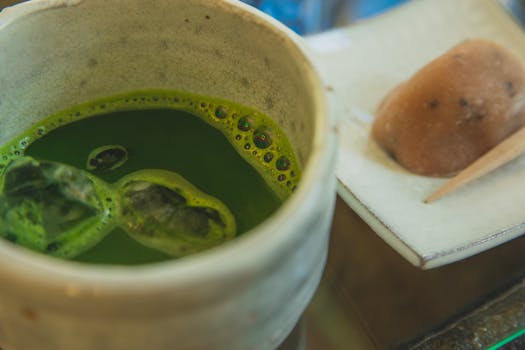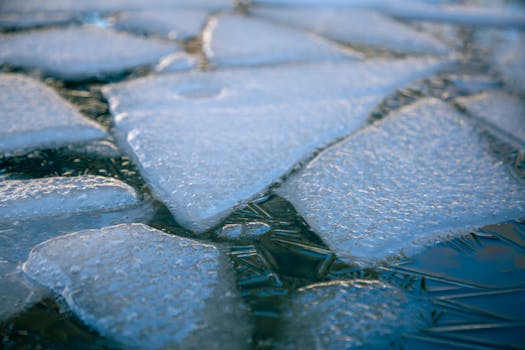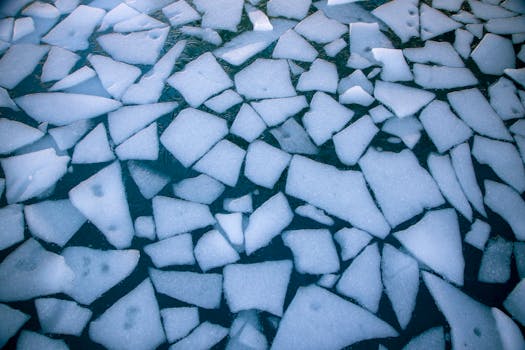Benefits
Climate Regulation
Water Resource Management
Food and Medicine Preservation
Cultural and Recreational Activities
Environmental Protection
Get creative with Ice
Creating an ice sculpture centerpieces for parties or events adds a touch of elegance and can be a conversation starter
Another innovative use is as a cooling base for serving dishes, especially for items like sushi or cold appetizers, keeping them fresh throughout the event
Ice can also be infused with herbs, flowers, or fruits to add a unique and sophisticated twist to cocktails, turning ordinary drinks into visually stunning and flavorful treats
Lastly, using ice molds to create lanterns for outdoor events or pathways by freezing water in a balloon with a small LED light inside offers a magical touch to evening occasions, illuminating spaces with a soft, ambient glow
Something you can make with Ice
Origin
Ice is a natural formation that occurs when water freezes at or below 0 degrees Celsius (32 degrees Fahrenheit). It can be found in various forms, including ice cubes, ice blocks, and ice shards. Ice is formed when water molecules slow down and come together, forming a solid crystalline structure. It can be found in nature in frozen bodies of water such as lakes, ponds, and rivers, as well as in colder regions with snow and ice formations. Humans have been able to artificially produce ice for centuries, using various methods such as freezing water in containers or using mechanical refrigeration systems. Ice has been used for various purposes throughout history, including food preservation, cooling beverages, and creating frozen desserts. Today, ice is widely available and used in many aspects of daily life, both for practical and recreational purposes.


